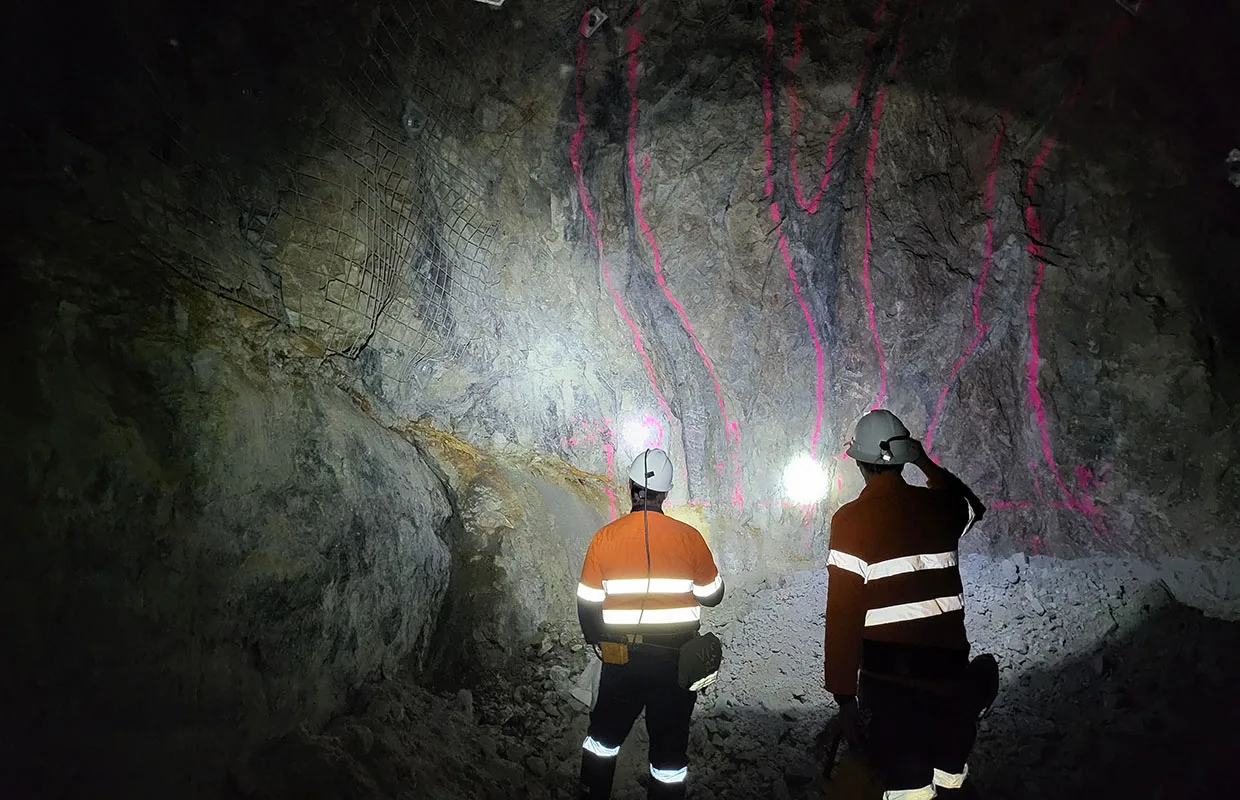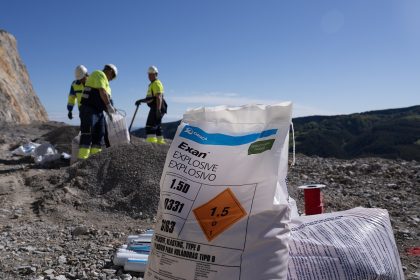On track to become Australia’s largest producer of antimony through its flagship Hillgrove Project, Larvotto Resources plans to deliver a secure Western source of the mineral at scale. Ron Heeks, Managing Director, outlines recent developments and the integral role the company is set to play in the defence, electronics, renewables, and aerospace sectors.
DRILLING DEEPER IN ANTIMONY
Thanks to its significant reserves of critical minerals, Australia remains a leading global producer of some of the world’s most important resources.
In recent years, the sector has shifted from mining traditional commodities such as iron ore and coal to also include strategic minerals such as antimony, lithium, nickel, cobalt, and rare earth materials.
Government and investment support have further strengthened the mining sector, with Australia positioning itself as a secure, ethical supplier to Western markets who are seeking to move away from a reliance on foreign imports.
“Sustainability, environmental, social, and governance (ESG) performance, as well as Indigenous engagement, are central to investor confidence,” outlines Ron Heeks, Managing Director of Larvotto Resources (Larvotto) – the mining company on track to become Australia’s largest producer of antimony.
“This is something Larvotto prides itself on – protecting cultural heritage in our project area and building strong relationships with the local community,” he confirms.
Larvotto’s flagship project in New South Wales (NSW), Hillgrove, is the country’s largest antimony mineral resource and the eighth-largest globally, making it a strategically significant deposit.
Hillgrove offers dual exposure to gold and antimony and has geological parallels to the Fosterville and Costerfield mines – Australia’s highest-grade gold mines.
“The mine is set to produce 40,000 ounces (oz) of gold and 100,000 oz of gold equivalent, at an all-in sustaining cost of minus AUD$3,000 – meaning 40,000 oz of gold will be produced at AUD$9,000 Australian dollars per oz,” Heeks outlines.
When in production, 5,000 tonnes (t) of antimony will be generated by Larvotto annually, and the increasing demand for this metal, combined with a decreasing number of deposits, positions the company favourably in the global supply chain.
A definitive feasibility study (DFS) released in May 2025 delivered strong metrics for Larvotto, including an underground mining inventory of 3.5 million t at 320,000 to 535,000 t per annum over an eight year mine life, with the potential to expand to 20.
“The average life of mine currently sits at around 85,000 oz of gold equivalent per year. Using base gold and antimony costs, the DFS demonstrates our all-in sustaining costs of AUD$477 per oz and an expected payback period of only 26 months post first production,” he emphasises.
Hillgrove’s first production is currently on track for Q2 2026.
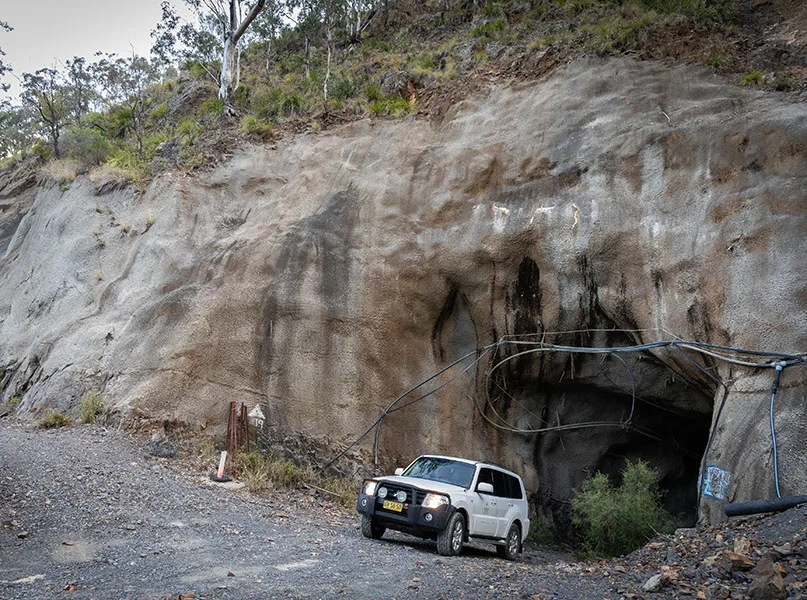
A SECURE WESTERN SOURCE
In light of Larvotto’s aim of producing up to seven percent of worldwide antimony requirements, Heeks outlines the strategic implications of a local supply and how the company plans to deliver a secure Western source of the mineral at scale.
“Currently, global antimony supply is heavily concentrated in China which, in 2023, produced around 40,000 t – equivalent to 48 percent – of the global supply,” he highlights.
This kind of concentrated contribution puts such supply chains at risk when it comes to geopolitical tension and disruption, with potential export restrictions threatening catastrophic results should almost half of the global supply be halted.
As such, a domestic Western source at the scale Hillgrove promises will help to de-risk supply chains for the defence, electronics, and renewable energy sectors, amongst others.
“Being a Western deposit, Hillgrove can feed markets outside of China, and countries that need access to antimony will have a significant independent supply,” Heeks outlines.
Larvotto’s ambition to contribute significantly to global antimony supply chains solidifies the project as a meaningful Western supply anchor, strengthening Australia’s position in the critical minerals ecosystem and improving negotiation leverage with international players.
With Hillgrove already fully funded through bonds and equity, Larvotto is slated to begin producing antimony next year, making it the only company with a significant Western supply of the mineral to come into production so soon.
“To deliver secure, scalable supply, Larvotto already has offtake agreements in place, such as with Wogen Resources, which is supported via a AUD$4 million secured prepayment to expand exploration activities and move towards production,” he adds.
Exploration upsides have also been demonstrated, with a target of between 670,000 and 1.08 million oz of gold equivalent.
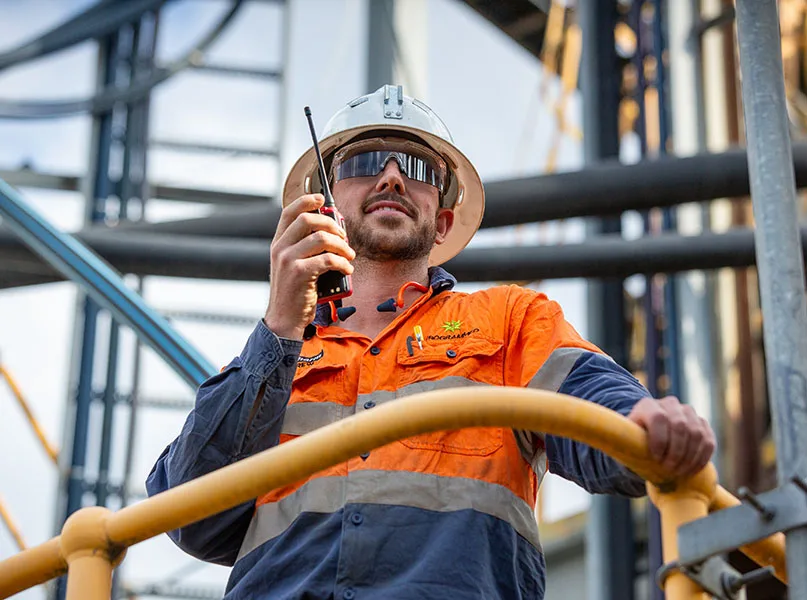
SHIFTING GLOBAL PRIORITIES
With antimony’s relevance surging across the defence, renewables, electronics, and aerospace sectors, this increase in demand reflects how the priorities of global industries are shifting.
“The mineral’s biggest growth comes from solar panels, where approximately 40 grams of antimony are needed for each panel,” Heeks explains.
This means that within the renewable energy sector, antimony is not largely price-sensitive – if the price of the metal rises, it won’t drastically increase manufacturing costs due to the small quantity needed in each unit.
Antimony is also a key element in liquid metal batteries used for long-duration renewable energy grid storage, as well as in wind turbine bearings and solar glass, improving efficiency and durability.
“This becomes particularly relevant as governments look to prioritise net zero initiatives,” he adds.
When it comes to electronics, the mineral is vital for flame retardants, semiconductors, and lead-free solders, enhancing their safety and conductivity. This makes the metal crucial for advanced technology, such as data centres and quantum computing, which are the backbone of artificial intelligence (AI).
In defence, meanwhile, antimony is used in batteries, ammunitions, night vision, and infrared systems, making it critical to modern military capability.
The USD$245 million US Antimony Corporation five-year contract deal, which has recently been signed by the Pentagon, underscores how strategically important this metal has become as governments seek to secure long-term supplies.
“In an increasingly volatile global landscape, sources such as Larvotto’s Hillgrove Project are now essential to ensuring stability and resilience,” Heeks surmises.

“In an increasingly volatile global landscape, sources such as Larvotto’s Hillgrove project are now essential to ensuring stability and resilience”
Ron Heeks, Managing Director, Larvotto Resources
A DIVERSE OPERATION
Hillgrove’s large exploration upside is significant, with Larvotto continuing to explore other developments such as its Mt Isa and Eyre projects.
The former is located close to the city of Mt Isa in Northwest Queensland – a region known for its rich mineral deposits. It is focused on copper, gold, and cobalt exploration, and recent drilling has uncovered new zones of copper and gold mineralisation.
The latter is part of a trending crustal-scale suture zone close to Perth, Western Australia. It is situated between the Archaean Yilgarn Craton to the north and the Proterozoic Albany-Fraser Orogen to the south and covers a section of the crustal-scale Jimberlana dyke, which is known to be prospective for base metals and platinum group elements (PGE).
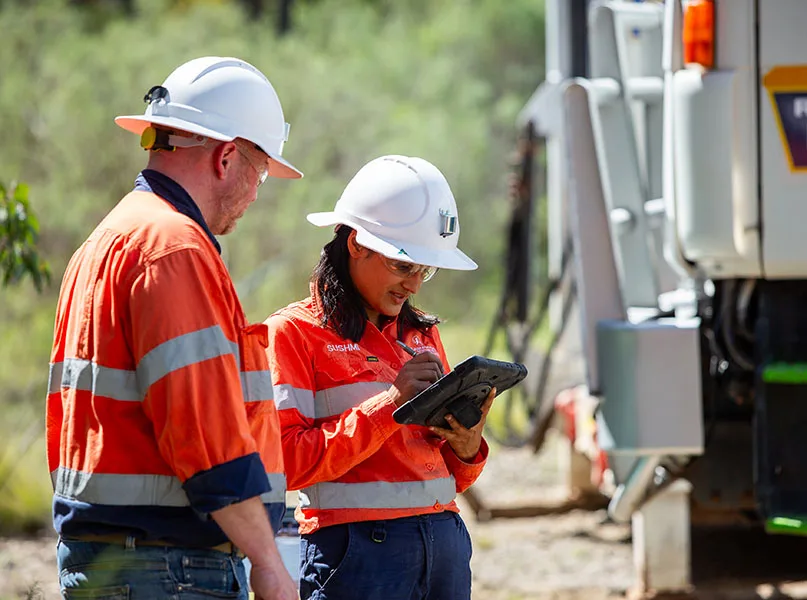
Elsewhere, near-mine growth opportunities such as Eleanora-Garibaldi will help to drive Larvotto’s share price and have identified potential for both depth extensions and near-surface extractions of antimony.
“Results reported at the start of October 2025 included 30 metres (m) at 3.29 grams per tonne (g/t) of gold equivalent (AuEq) from 104 m, and 5.40 m at 11.99 g/t AuEq from 151.6 m, including 4 m at 15.89 g/t AuEq from 153 m.”
Larvotto’s Golden Gate prospect is also emerging as a new high-grade zone open in all directions, with results from early September this year including 5.8 m at 4.91 g/t gold equivalent from 166 m, and 8.5 m at 4.03 g/t AuEq from 196 m.
“These projects matter because they offer diversification and potential growth avenues beyond Hillgrove,” Heeks underscores.
“This signals to stakeholders that Larvotto is not a one-asset company but building a broader long-term strategy.”

SOCIALLY RESPONSIBLE
As a company that prioritises employment for residents of Hillgrove, Armidale, and New England, Larvotto is committed to creating significant job opportunities.
It is also dedicated to housing the majority of its workforce locally in Armidale, avoiding fly-in fly-out models where possible.
“We place strong emphasis on local procurement and sourcing, maximising goods and services from regional suppliers to stimulate the local supply chain and strengthen the local economy,” Heeks tells us.
“For both contract and short-term workers, we ensure a clear alignment of our terms and conditions, workplace safety standards, training, and upskilling,” he assures.
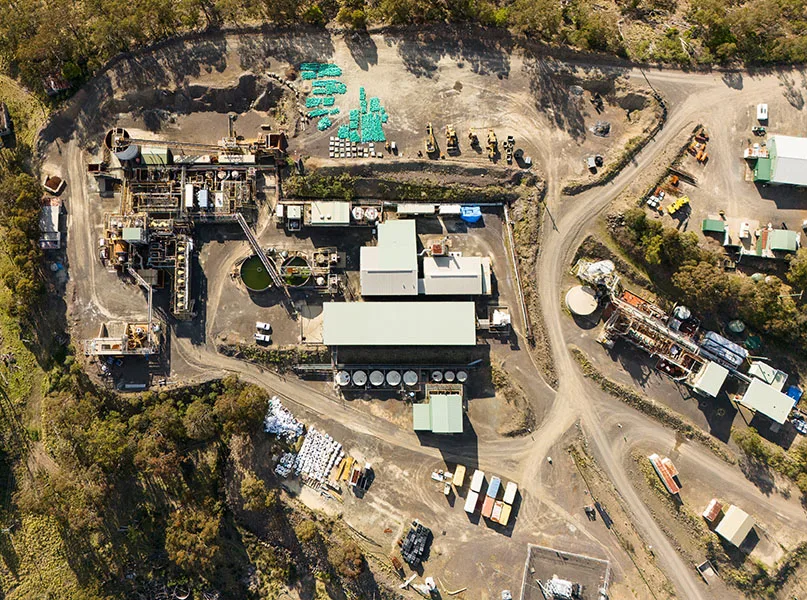
Larvotto’s Community Partnerships Programme (CPP) also provides funding for nearby organisations, projects, and initiatives that offer tangible benefits to local people.
A cornerstone of the company’s community engagement strategy, the Hillgrove Hub in Armidale is a dedicated shopfront – officially opened in April 2025 – serving as a central point for local residents.
Here, people can directly engage with Larvotto representatives, access up-to-date project information, discuss concerns, and participate in community forums.
As it looks to the future, Larvotto is seeking the evaluation and award of its underground mining contract.
“We’re also anticipating the commencement of our process plant upgrade, underground works, and our ongoing drilling results being updated,” he concludes.



